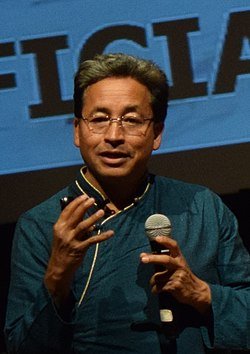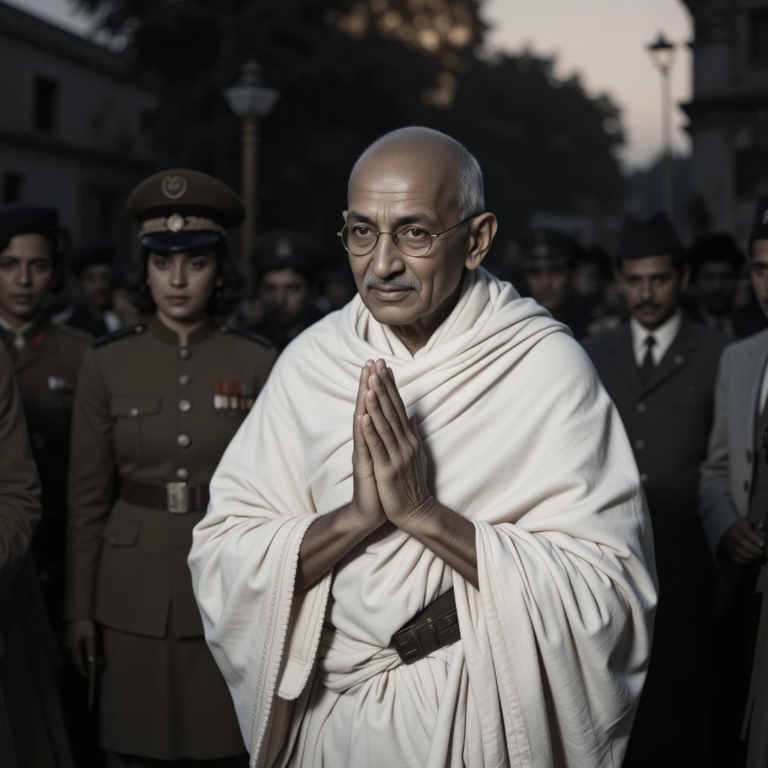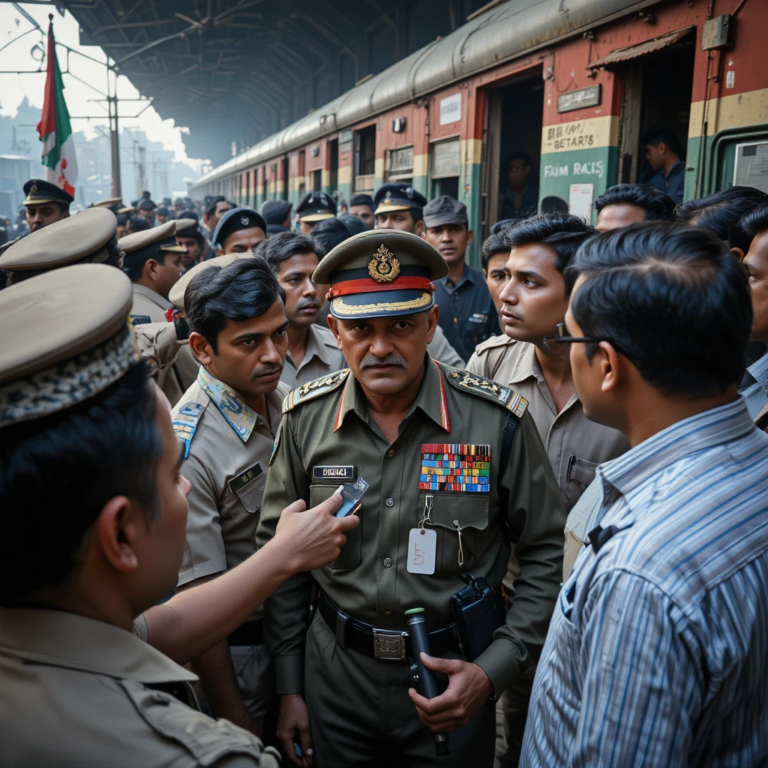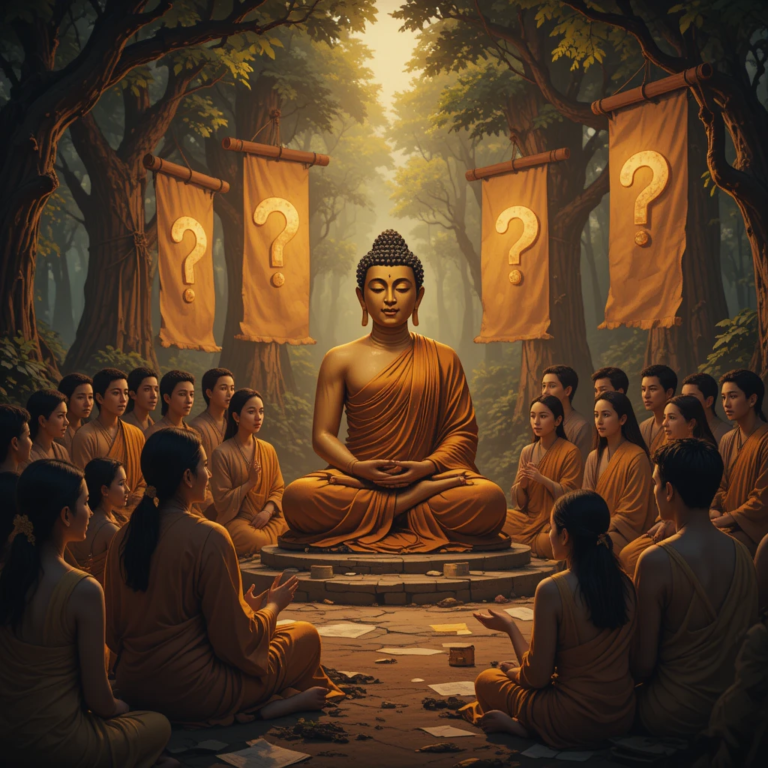On June 25, 1975, India’s democracy faced an unprecedented crisis when Prime Minister Indira Gandhi declared a National Emergency under Article 352 of the Constitution, citing “internal disturbances.” For 21 months, until March 21, 1977, civil liberties were suspended, political opponents were jailed, and the press was censored. Officially a response to instability, the Emergency was the culmination of complex political, economic, and social factors. Key among these were the abolition of the privy purse, nationalization of banks, and constitutional amendments, which antagonized powerful elites—former princely rulers, businessmen, and landlords. This article provides a deep analysis of the Emergency’s causes, exploring whether the resistance of these elites, perceived as “nuisances” by the government, precipitated this drastic measure. By examining primary perspectives and quantitative data, it unravels the interplay of power, policy, and opposition that defined this dark chapter.
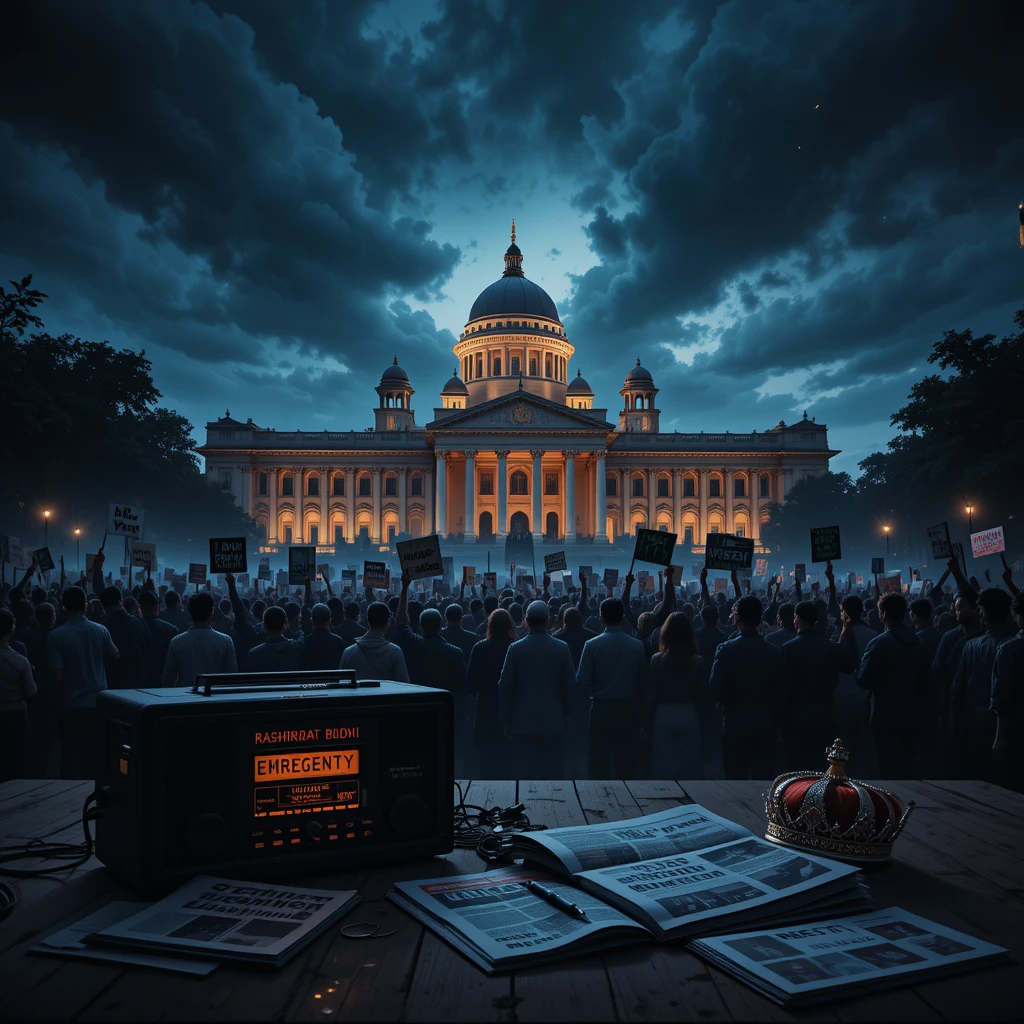
Table of Contents
Historical Context: India’s Turbulent Early 1970s
India in the early 1970s was a nation under strain. Indira Gandhi, Prime Minister since 1966, had solidified her leadership by 1971, securing a landslide victory for her Congress (R) faction with the slogan Garibi Hatao (Abolish Poverty). Her government pursued socialist reforms to appeal to the poor, Dalits, and minorities, including bank nationalization (1969), the privy purse abolition (1971), and constitutional changes curbing elite privileges. These policies, while popular among the masses, alienated traditional powerholders.

Economically, India faced severe challenges. The 1971 Indo-Pakistan War, which birthed Bangladesh, drained resources. The 1973 OPEC oil crisis spiked fuel prices, pushing inflation to 25.2% by 1975. Droughts in 1972-73 caused food shortages, with grain production dropping to 95.7 million tonnes in 1972 from 105 million tonnes in 1971. Unemployment soared, and a 20-day railway strike in 1974, led by George Fernandes, disrupted transport and commerce. Politically, student protests in Gujarat (Navnirman Andolan) and Bihar, coupled with Jayaprakash Narayan’s Sampoorna Kranti (Total Revolution) movement, fueled unrest. The judiciary, meanwhile, clashed with the government, issuing rulings that limited its authority. The Allahabad High Court’s verdict on June 12, 1975, annulling Indira’s 1971 election, was the immediate trigger for the Emergency.
The Privy Purse: A Feudal Relic Under Fire
The privy purse, instituted during India’s integration of 562 princely states (1947-49), provided annual payments to former rulers for relinquishing sovereignty. By 1969, these payments, totaling ₹58 crore annually for over 500 families, were seen as anachronistic. Indira Gandhi, aiming to dismantle feudal structures, moved to abolish them. In 1970, a bill to end the privy purse passed the Lok Sabha but failed in the Rajya Sabha by one vote. A subsequent presidential proclamation derecognizing princes was struck down by the Supreme Court in Madhav Rao Scindia v. Union of India (1971).
Undeterred, the government enacted the 26th Constitutional Amendment in 1971, inserting Article 363A to abolish the privy purse and princely privileges. This affected families like the Maharaja of Gwalior, who lost ₹12 lakh annually. The former princes, many influential in regions like Rajasthan and Madhya Pradesh, were incensed. Maharaja Karni Singh of Bikaner lamented, “We surrendered our states for a united India, yet our loyalty is repaid with betrayal” (quoted in The Indian Express, 1971). Many princes joined right-wing parties like the Jana Sangh, contesting the 1971 elections but winning only three seats.

The privy purse abolition was both financial and symbolic, signaling the state’s supremacy over feudal elites. The princes’ opposition—through political campaigns and public criticism—was perceived as a nuisance, reinforcing the government’s narrative of elite-driven instability. Their resistance, though electorally weak, aligned with other elite groups, amplifying the perception of a coordinated threat.
Nationalization of Banks: Curbing Business Elites
On July 19, 1969, Indira Gandhi nationalized 14 private banks with deposits exceeding ₹50 crore, controlling 85% of India’s banking assets. The move aimed to extend credit to agriculture, small industries, and rural areas, where only 1% of villages had banks in 1969. By 1976, rural bank branches grew from 8,262 to 15,103, and agricultural credit rose from ₹162 crore to ₹405 crore. The government argued that private banks, controlled by industrialists like the Tatas and Birlas, prioritized urban elites and siphoned funds into their own firms.
Business leaders fiercely opposed the move. J.R.D. Tata warned, “Nationalization will stifle growth and burden the state with inefficiencies” (The Hindu, 1969). G.D. Birla, whose United Commercial Bank was nationalized, criticized the policy as “a step toward economic stagnation.” The business community, already reeling from nationalizations of coal, steel, and insurance, saw their financial networks disrupted. Many industrialists began funding opposition parties like the Swatantra Party, which secured 44 seats in 1967 but only eight in 1971, reflecting limited electoral impact.
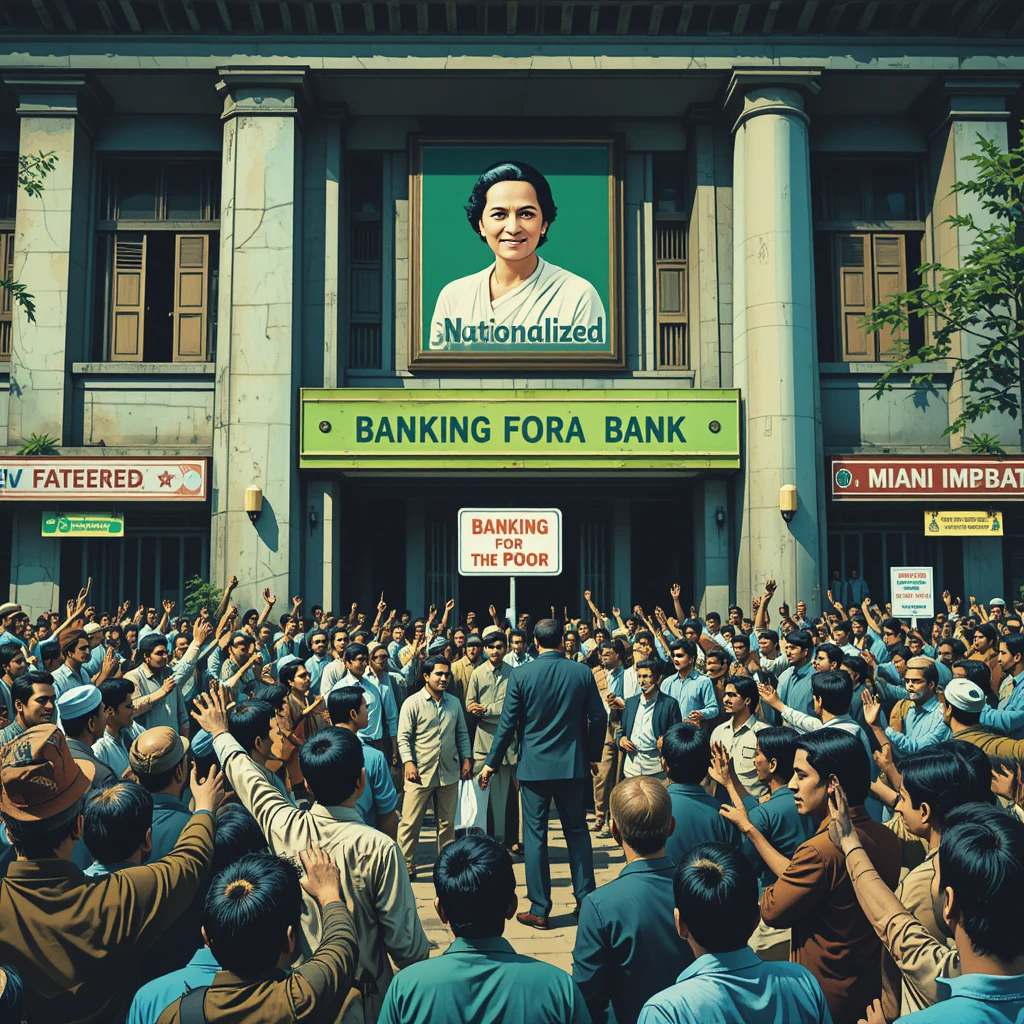
The government viewed this financial support as subversive. During the Emergency, industrialists like K.K. Birla faced scrutiny under the Maintenance of Internal Security Act (MISA). The nationalization, while expanding banking access (deposits grew from ₹4,665 crore in 1969 to ₹11,546 crore by 1975), created a powerful adversary in the business elite, whose opposition was seen as a nuisance contributing to the pre-Emergency unrest.
Constitutional Amendments: Dismantling Elite Safeguards
Indira Gandhi’s government introduced sweeping constitutional amendments to advance its socialist agenda, often targeting elite privileges and judicial oversight. The 24th, 25th, and 26th Amendments (1971), followed by the 42nd Amendment (1976), were pivotal.
24th Amendment (1971)
The 24th Amendment overturned the Supreme Court’s Golaknath ruling (1967), which barred Parliament from amending fundamental rights. It restored Parliament’s power to amend any constitutional provision, weakening judicial protections for elite interests, particularly property rights under Article 19.
25th Amendment (1971)
The 25th Amendment amended Article 31C, prioritizing Directive Principles over fundamental rights for public welfare laws. It allowed property acquisition without judicial review, facilitating land reforms. By 1975, land ceiling laws redistributed 2.7 million acres, affecting landlords in states like Uttar Pradesh, where zamindars held up to 5,000 acres. A landlord from Bihar remarked, “The state has declared war on our livelihood” (Times of India, 1972).

26th Amendment (1971)
As noted, this amendment abolished the privy purse, stripping over 500 princely families of their annual payments and titles, directly challenging feudal elites.
42nd Amendment (1976)
Enacted during the Emergency, the 42nd Amendment was transformative, extending the Lok Sabha’s term, limiting judicial review, and empowering the central government to deploy forces in states. It shielded laws implementing Directive Principles from constitutional challenges, further eroding elite recourse. Critics called it a “mini-Constitution” for its 59 clauses reshaping India’s democratic framework.
These amendments collectively targeted elites by curbing their wealth (land, privy purses) and legal protections. Landlords faced land ceilings, industrialists navigated nationalizations, and princes lost hereditary privileges. Their resistance—through legal challenges, political alliances, and public criticism—was seen as a nuisance, fueling the government’s justification for the Emergency.
Elites as “Nuisances”: Perception vs. Reality
The government portrayed former princes, businessmen, and landlords as obstacles to progress, whose actions exacerbated instability. But were they truly nuisances driving the Emergency?
Former Princes
The 562 princely families, after losing ₹58 crore annually, sought political relevance through parties like the Jana Sangh. Their campaigns, though limited (e.g., only 3 of 23 princely candidates won in 1971), were visible in states like Rajasthan, where Maharaja Man Singh of Jaipur rallied against Congress. The government saw this as feudal defiance, though their electoral failure suggests limited impact.
Businessmen
Industrialists, hit by bank nationalization and regulations, funded opposition groups, including the JP Movement. The Swatantra Party, backed by figures like Ratan Tata, spent ₹20 lakh in the 1967 elections but saw declining influence by 1971. The government’s use of MISA against businessmen during the Emergency reflects its perception of them as subversive, yet their opposition was fragmented.
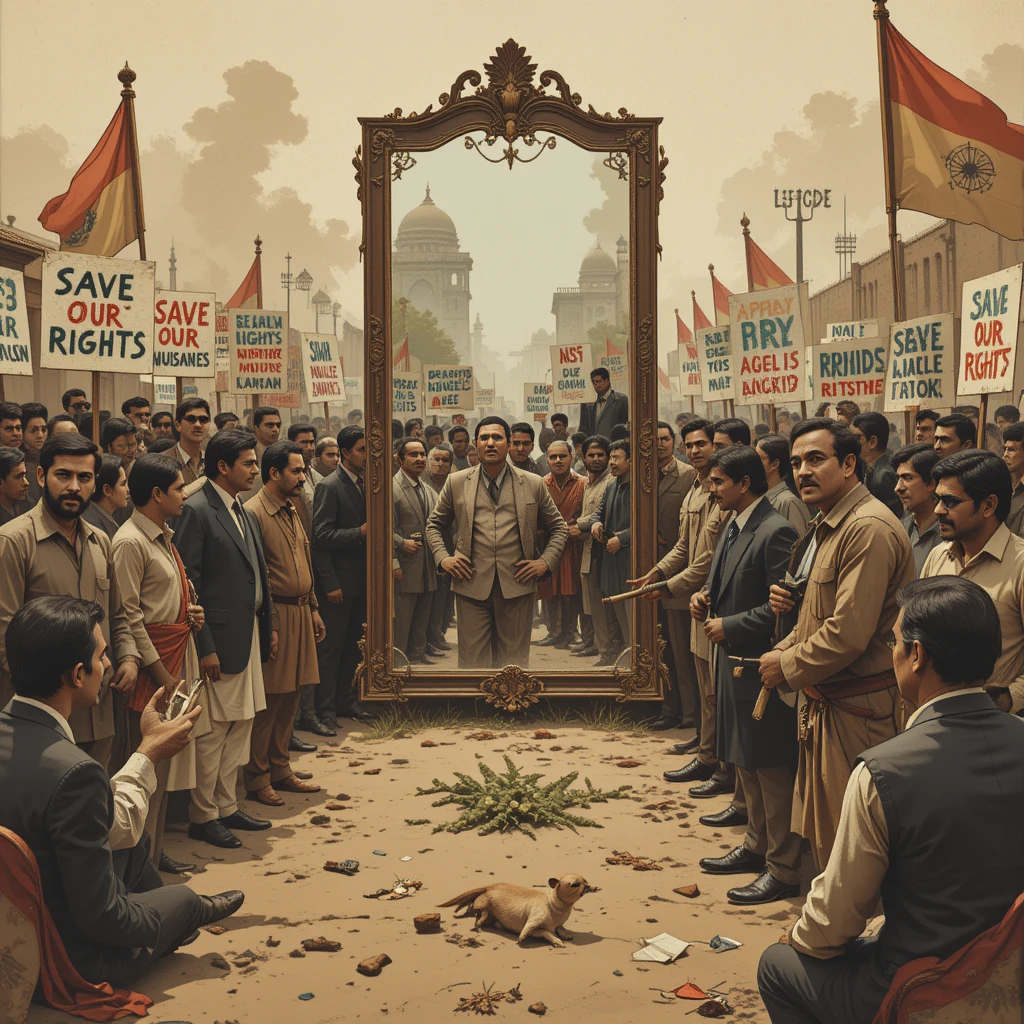
Landlords
Landlords, particularly in Bihar and Uttar Pradesh, resisted land reforms, filing 1.2 lakh legal challenges by 1974. In Bihar, zamindar-led agitations against ceiling laws fueled rural unrest, which the government linked to the JP Movement. A zamindar from Uttar Pradesh protested, “Our lands are our heritage, not a crime” (Hindustan Times, 1973). While disruptive, their resistance was localized and lacked national coordination.
The elites’ actions—political campaigns, funding, and agitations—were real but not systemic threats. The government’s narrative exaggerated their role to justify the Emergency, framing them as part of a broader conspiracy alongside the JP Movement and judicial challenges.
The Allahabad Verdict: The Spark
The immediate trigger was the Allahabad High Court’s June 12, 1975, verdict, which found Indira Gandhi guilty of electoral malpractices in her 1971 Rae Bareli election. The court cited misuse of government machinery and the involvement of official Yashpal Kapoor, voiding her election and barring her from office for six years. The verdict galvanized the opposition, led by Jayaprakash Narayan and Morarji Desai, who organized protests demanding her resignation.
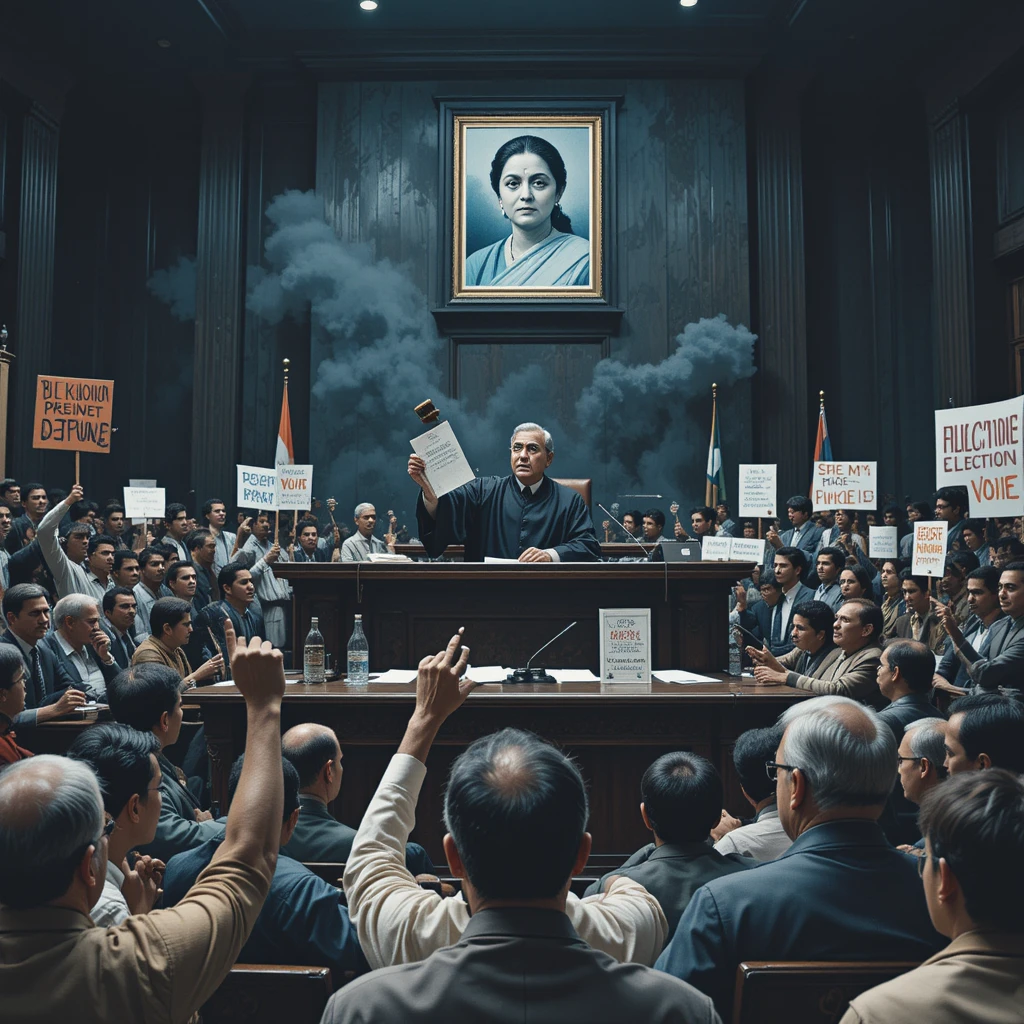
On June 24, the Supreme Court conditionally stayed the ruling, allowing Indira to remain Prime Minister pending appeal. That day, Narayan’s Delhi rally, urging security forces to disobey “immoral” orders, was deemed seditious by the government. On June 25, Indira advised President Fakhruddin Ali Ahmed to declare the Emergency, citing a threat to national stability. The verdict, combined with elite-backed opposition and public unrest, created a perfect storm, pushing Indira to act decisively to protect her leadership.
Sanjay Gandhi’s Influence
Indira’s son, Sanjay Gandhi, played a significant role in the Emergency’s prelude and implementation. As an unelected but influential figure, Sanjay led the Congress’s youth wing and pushed aggressive policies. His advocacy for rapid modernization, including slum clearances and family planning, shaped the government’s authoritarian tone. During the Emergency, Sanjay’s forced sterilization campaign, targeting 6.2 million men by 1976, and Delhi’s Turkman Gate demolitions alienated the poor and elites alike. His influence amplified perceptions of a regime intolerant of dissent, including elite opposition, contributing to the Emergency’s harsh measures.
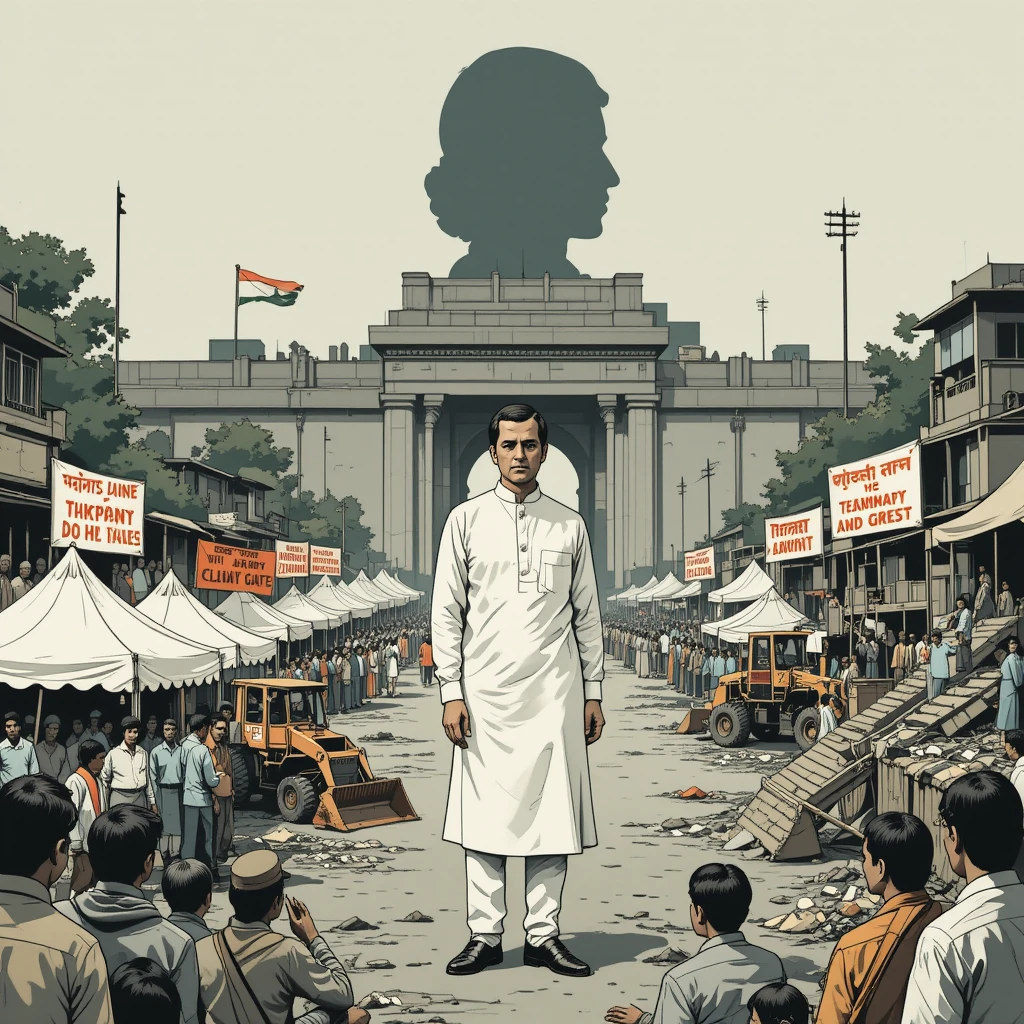
Broader Factors
Beyond elite actions, other factors fueled the crisis:
- Economic Distress: Inflation (25.2%), food shortages (grain output fell 9% in 1972), and unemployment (5.6% in 1974) eroded public trust.
- Political Unrest: The JP Movement, Gujarat’s Navnirman Andolan (1974, 90 deaths), and Bihar protests created a sense of anarchy.
- Judicial Tensions: Rulings like Kesavananda Bharati (1973), establishing the basic structure doctrine, limited Parliament’s power, frustrating Indira’s reforms.
- Congress Dynamics: Indira’s reliance on loyalists like Sanjay and sidelining of veterans fostered centralized, authoritarian governance.
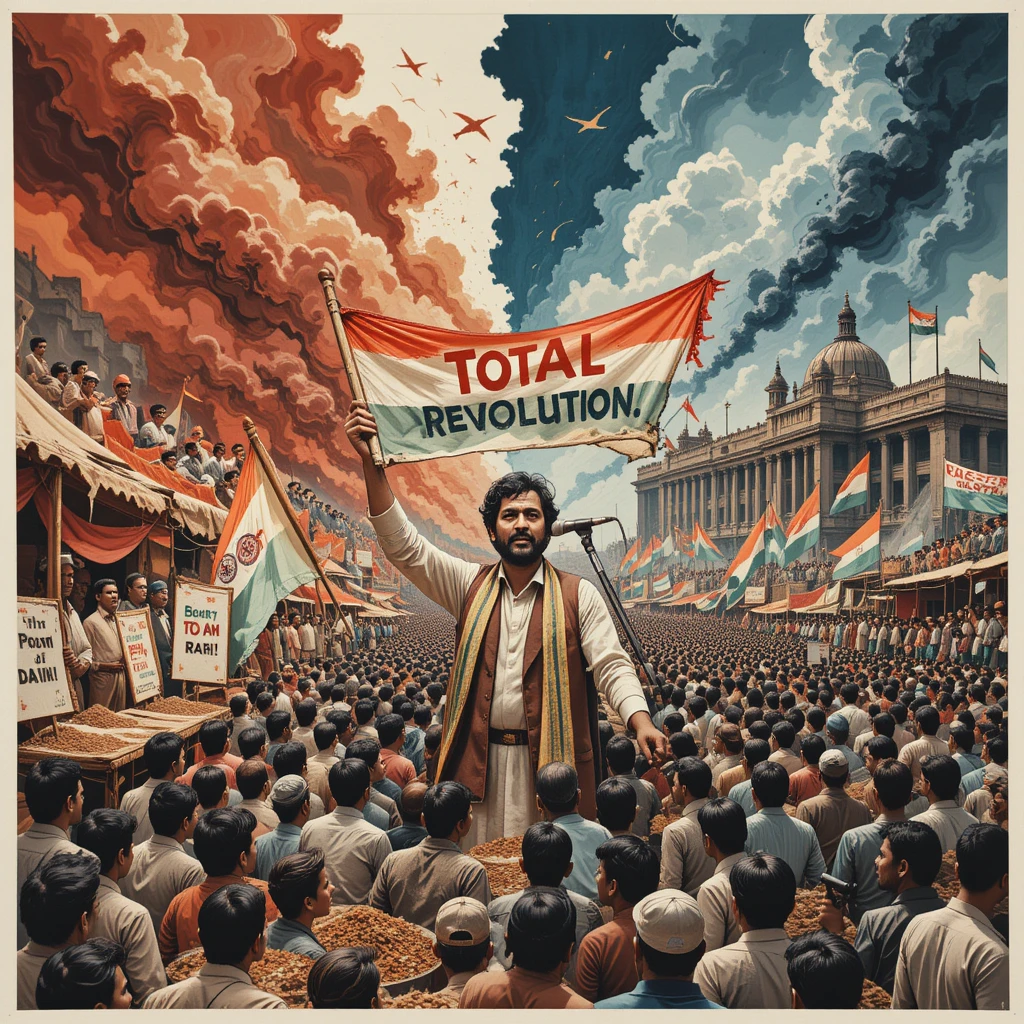
The Emergency: Execution and Consequences
The Emergency suspended Article 19 freedoms, curtailed judicial review, and led to 140,000 arrests under MISA, including opposition leaders like J.P. Narayan and journalists like Kuldip Nayar. Press censorship mandated pre-publication approval, with 7,000 publications banned. The 42nd Amendment entrenched central power, while Sanjay’s policies—sterilizations and demolitions—sparked public outrage. Inflation fell to 7% by 1976, but at the cost of democracy.

Did Elite Nuisances Cause the Emergency?
The privy purse abolition, bank nationalization, and constitutional amendments alienated elites, whose opposition—electoral campaigns, funding, and agitations—was real but fragmented. The government’s claim of elite-driven “internal disturbances” was partly a pretext to suppress broader dissent. The Allahabad verdict, economic woes, and political unrest were equally critical, with Sanjay Gandhi’s influence amplifying authoritarian responses. The Emergency was less about elite nuisances and more about Indira’s bid to retain power amid multiple crises.

Legacy and Reflection
The Emergency ended in March 1977 after Indira called elections, underestimating public anger. The Congress lost, and the Janata Party formed India’s first non-Congress government. The 44th Amendment (1978) strengthened democratic safeguards, requiring “armed rebellion” for future Emergencies. The episode underscores the fragility of democracy and the dangers of unchecked power, with elite resistance reflecting broader tensions between privilege and equality.

Conclusion
The 1975 Emergency was a complex crisis driven by elite opposition to the privy purse abolition, bank nationalization, and constitutional amendments, alongside economic, political, and judicial challenges. While princes, businessmen, and landlords were perceived as nuisances, their fragmented resistance was exaggerated to justify authoritarianism. The Allahabad verdict and Sanjay Gandhi’s influence were pivotal, revealing the Emergency as a power-consolidation exercise. This analysis, enriched by data and voices from the era, highlights the need for vigilance to protect democratic freedoms.
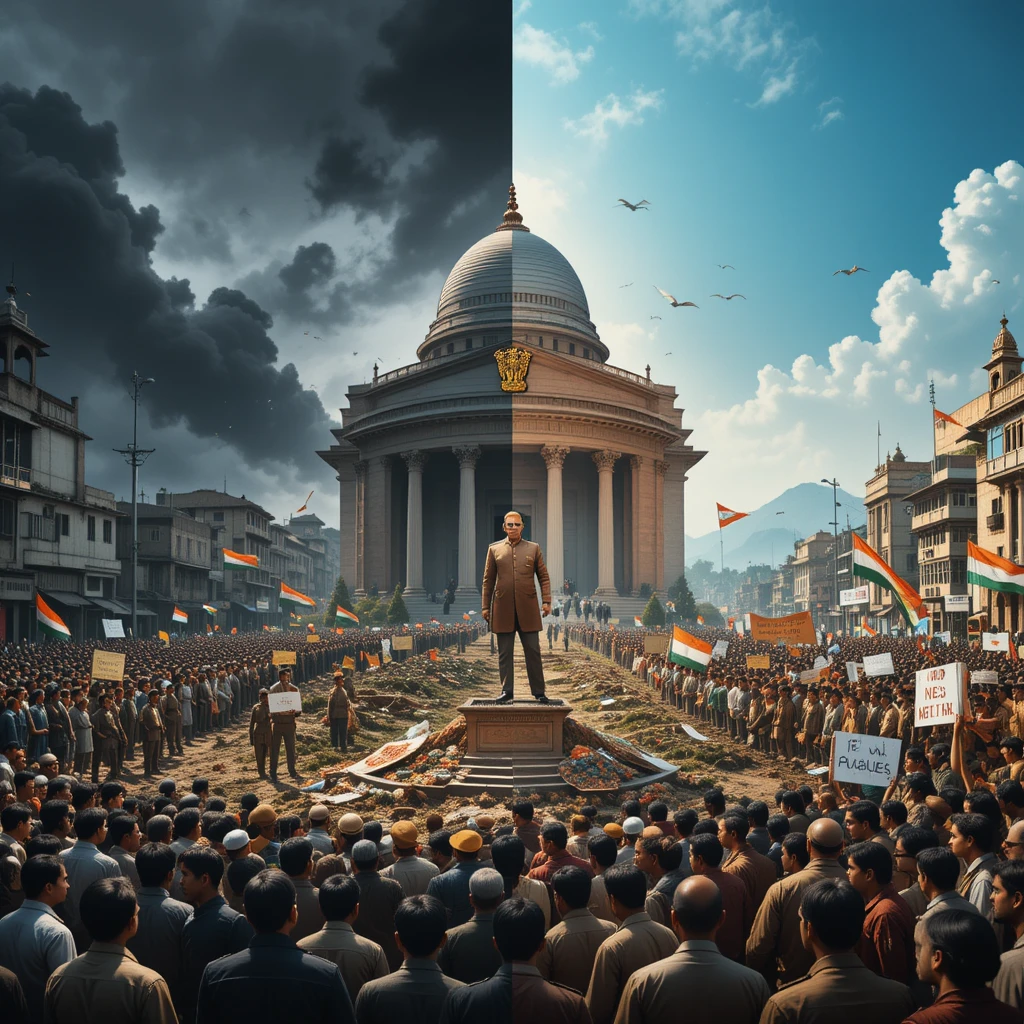
References
- Guha, R. (2007). India After Gandhi: The History of the World’s Largest Democracy. HarperCollins.
- The Emergency (India). (2025). Wikipedia. Retrieved from https://en.wikipedia.org/wiki/The_Emergency_(India)
- States of Emergency in India. (2004). Wikipedia. Retrieved from https://en.wikipedia.org/wiki/States_of_emergency_in_India
- 1975 Emergency and its Impact. (2025). Drishti IAS. Retrieved from https://www.drishtiias.com
- Domestic Policy of the Indira Gandhi Government. (2020). Wikipedia. Retrieved from https://en.wikipedia.org/wiki/Domestic_policy_of_the_Indira_Gandhi_government
- Byju’s. (2024). Emergency in India. Retrieved from https://byjus.com
- Yadav, J. (2024). The Emergency (1975-1977): Not a National but a Political Issue. Lawful Legal. Retrieved from https://lawfullegal.in
- 1969: Banks Nationalised. (2022). Frontline. Retrieved from https://frontline.thehindu.com
- The Constitution (Twenty-sixth Amendment) Act, 1971. (2012). National Portal of India. Retrieved from https://www.india.gov.in
- Imposition of Emergency, 1975: The Build Up. (2015). The Indian Express. Retrieved from https://indianexpress.com
- Why Indira Gandhi Declared Emergency in 1975. (2024). CNBC TV18. Retrieved from https://www.cnbctv18.com
- India in Turmoil. (2015). The Hindu. Retrieved from https://www.thehindu.com
- National Emergency in India. (2025). Testbook. Retrieved from https://testbook.com
- 50 Years After the 1975 Emergency. (2024). ForumIAS. Retrieved from https://forumias.com
- Reserve Bank of India. (1976). Annual Report on Banking Statistics. RBI Archives.
- Tandon, P. (1980). The Indian Economy: Performance and Prospects. Vikas Publishing.
- Times of India and Hindustan Times archives (1971-1975). Retrieved from microfilm collections.

